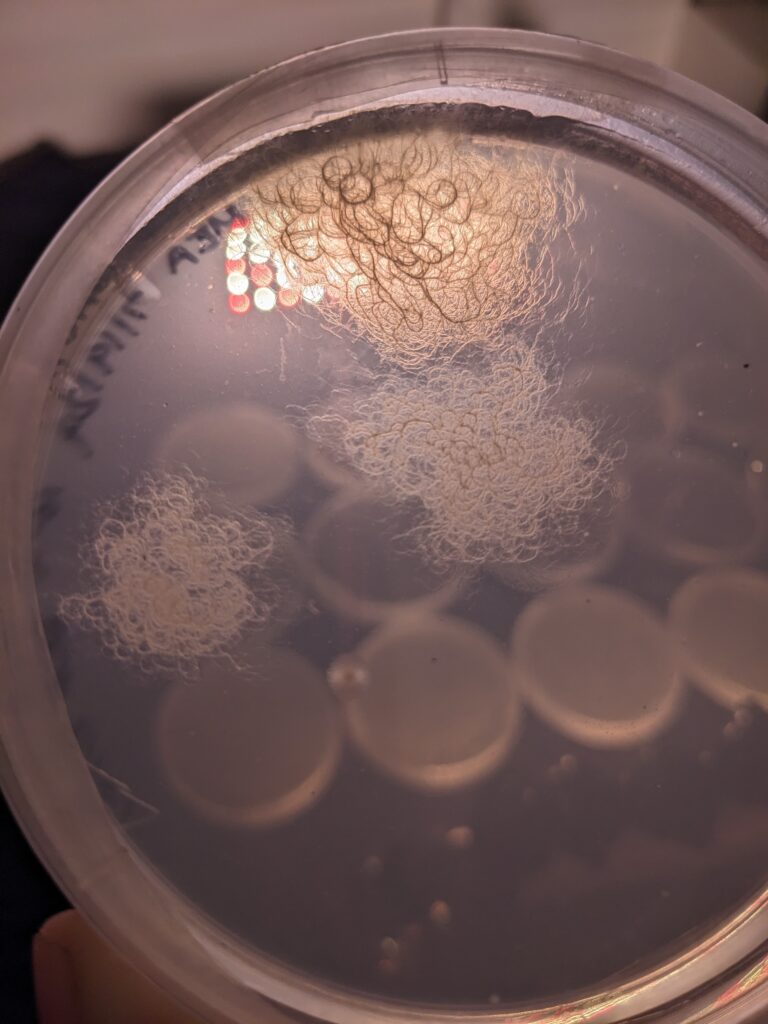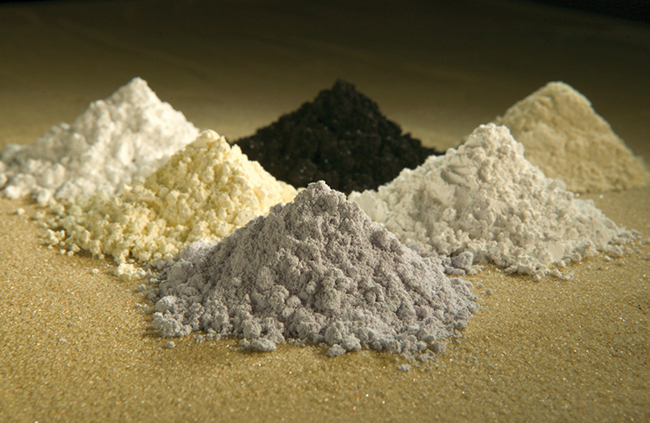
When we consider the impacts of climate change and how they threaten the continued existence of human life on Earth, dramatic scenarios like devastating storms, melting ice caps and sea level rise, lack of access to drinking water and unbearable temperatures get a lot of attention. And while all those things are vitally important and need to be addressed, there’s another resource that is threatened by human activity and which is just as critical for human survival: the soil our food is grown in. It’s right under our feet, and it turns out to be a lot more complex (and therefore a lot more vulnerable) than most of us realize.
With the rebuilding of Stuy Cove Park, Park Manager Candace Thompson and Gardener/Educator Liz Paredes realized that there is a great opportunity to use our site to test what the invisible components of our soil consist of and how the microbiome of the soil changes when the waterside beds get inundated with river water every day, along with the ways the microbiome differs according to variances in soil composition, seasonal changes and surrounding plant communities. These things will inform how we decide which organisms could be introduced to remediate the soil after a severe storm. The photo above is a slide of a sample of a microorganisms that the Park team collected, cultivated and has submitted for bacterial and fungal DNA analysis so we can develop a better understanding of how healthy the soil is and how we can improve it now and in the future.
Globally, soil degradation, a natural process where soil loses its physical , chemical and microbial properties over time, is being accelerated by human activity and industrial agricultural practices. Pollution, deforestation, drought, soil compaction and urbanization all contribute to the problem, and monoculture farming, where large tracts of land are dedicated to growing single crops, draws specific nutrients from the soil and makes it easier for pests and pathogens to thrive. Add in the strong pesticides and herbicides that conventional industrial farming relies on, and the upshot is that, by some estimations, we may find ourselves without enough healthy topsoil to grow sufficient food to nourish the 8 billion (and counting) humans currently alive, not to mention other life forms and future generations.
All of which means that these experiments at our little 2 acre park could have big ramifications. Lots of farmland is at risk for flooding, and while soil remediation may currently occupy the interest of mainly plant nerds like us, expect to hear a lot more about it over the coming years. At Solar One, trying to anticipate where the needs and the science around climate change are going is something that we strive to do across all our programs. It’s especially exciting that as we prepare for our new environmental education center to open to the public next year, we’re learning more and more about the unseen factors that can help our plants to succeed or fail, and then teach about it to others. Keeping the soil healthy may not be the sexiest work in the environmental world, but it could prove to be a lot more important than we realize!
You can read more about the importance of healthy soil in this article from ScienceDirect here. And please check out this gallery of photos from Stuy Cove Parks’s soil science project below! Some of these pictures look like newly discovered planets, but they’re actually soil microbes seen under the microscope. So cool!
If you’d like to stay connected to the Park team and everything that’s going on in Stuy Cove, you can sign up for the monthly Park newsletter here.










